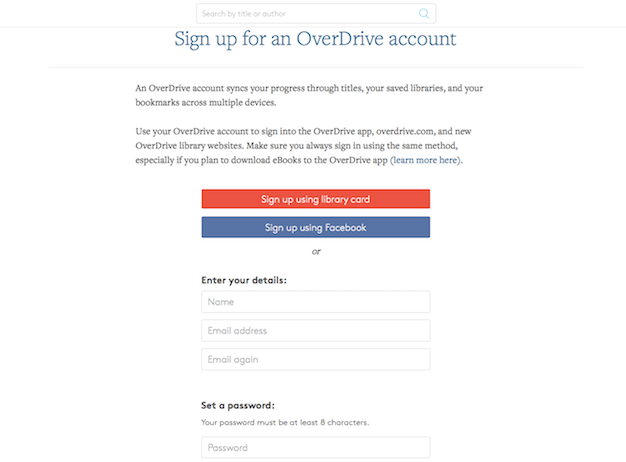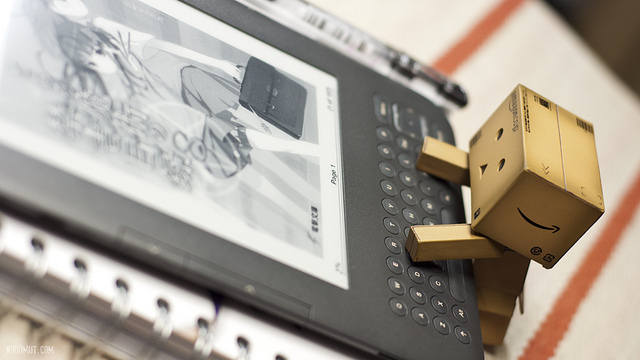Christina Farr, writing for CNBC:
It isn't likely to come up in casual face-to-face conversation, but scores of users on Reddit forums, Twitter and other social media sites write about the value of their Fitbit or Apple Watch in tracking their use of cocaine, ketamine, speed, and other drugs. Dozens of these threads have popped up in the past few years on the topic, some focused on cocaine and others on MDMA, also known as ecstasy.
This is the first I've heard about people employing wearable technologies like Fitbits and Apple Watches to monitor their vital signs while under the influence of mind-altering substances. I would argue that this is a good thing, because it obviously highlights the potential negative physical effects of using some of these drugs, and if it helps a drug user understand what is happening in their body, that's a step in the right direction.
There's even a YouTube channel called DrugsLab with more than half a million subscribers. Three hosts perform on-camera tests of drugs suggested by commentators, while their heart rate and body temperature are tracked on a board behind them. The idea, they say, is to promote drug education for millennials.
I haven't mentioned it on the blog before, but DrugsLab is excellent—you should definitely check it out if you haven't already.
But don't expect your doctor to condone the practice. Academics and medical professionals told CNBC that people who rely on a heart rate monitor to protect them from overdosing or from other ill effects of hardcore drugs are giving themselves a false sense of security.
No surprise there. Doctors are simply not going to suggest that patients use these consumer-grade technologies to prevent drug-related casualties, just like they don't encourage or support the use of illicit substances in general. They have reputations to maintain and must protect themselves and their institutions from being sued by patients (or family members of deceased patients) who place so much faith in their Apple Watches that they think it will enable them to safely use drugs without experiencing harm.
However, that doesn't mean that this form of harm reduction should be avoided altogether—just that academics and medical professionals are not going to endorse this practice. At least not for now.














